SELL ROOMS, NOT COMMODITIES
The “outdoor living room” is now an integral part of many consumers’ homes. It is an area where they relax and entertain, and hence, one where they are prepared to spend their money to create the right environment.
The “outdoor living room” today contains a number of different elements. The room consists of furniture, living art in the form of plants and non-living art, whether this is statues, water features or other decorative objects. This room portrays the character of the individual and is the ideal area to make a personal statement about your beliefs, environment and fashion preferences.
This is where the garden center has an opportunity to provide for the customer’s dreams and desires. Walk around IKEA, the world’s most successful furnishing company, and you will discover “interior room” settings that provide ideas, they sell the customer the idea rather than the lounge or the bed. The result is that the customer goes to look for ideas and buys commodities.
Take a walk around many garden centers, and you’ll find that they are in the market of selling the “outdoor room” but often present it as a series of disconnected commodity products: pottery here, furniture over there and decorative objects in yet another place. The customer becomes confused because they cannot see the whole picture and how it will fit into their own situation, and the result is sales per square foot are not what should be expected.
But it’s easy in a furniture store
Often, you will hear garden center managers say it is easy for furniture stores to create idea groupings. All of their product is displayed undercover, and they don’t have perishable products as an integral part of the scenario.
This is true, which is why those garden centers that have grasped the challenge find they are obtaining greater rewards. Creating a “living room” does create challenges. It means your category managers have to think differently, and those display builders have to start thinking outside the box. The key elements
The role of the garden center manager or owner is to generate the maximum amount of sales per square yard whilst maintaining the unique image of the garden center. As a retailer, you need to be aware of the important aspects that make it work. To make garden rooms work, consider the following key elements.
Many garden décor departments are difficult for the customer to shop. The customer needs to get in amongst the product, not see it from afar. This means you need to space product to encourage circulation. Work on creating a display area with 60 percent of the space for customers and 40 percent for the product. By achieving this ratio, you’ll ensure that customers have the space to walk around.
Themed rooms will provide customers with ideas and a point of conversation. These rooms need to relate to your demographics, but dare to be different. You must provide new ideas. These rooms mean that you will mix products. Outdoor tables, statues, container gardens, birdbaths, all displayed as a room. This kind of display does need extra maintenance, but you will be noticed as the garden center that provides the point of difference.
You’re still selling; therefore, your point of sale is still critically important. How often have you seen garden décor promoted with just price? Customers need to know the benefits before the price. Research by Sonja Larsen at the University of Michigan illustrates that the signs that work are constructed using both pieces of information.
Position your living rooms prominently in the garden center where you know everyone will see them and change them every four weeks to make sure customers have a new experience every time they come back. I have one client in New Zealand who has set his living rooms up as indicated in the picture below. This arrangement encourages customers into the center of the plant area. Plants displayed in the living rooms are displayed around the edge of the plant area nearest to the displays.
Getting To Work
Retailers often ask where to get ideas from which to build such displays. Ideas are plentiful. Garden magazines, women’s magazines, lifestyle programs, garden design books and show gardens are all inspirational points for ideas. I have one client in the United Kingdom who takes pictures of living rooms in women’s magazines and copies them in his garden center. This works exceedingly well for his business, and his customers really believe his business is up-to-date with the current trends.
And change will not only keep you current, it will also help differentiate. One key reason for change is independent garden centers must differentiate themselves in the eyes of the consumer from the box stores. Mass merchandisers are excellent at commodity retailing; independent garden centers must differentiate themselves from such stores to ensure they prosper. If they don’t, they may be perceived by the consumer as a “me too” retailer, and the result could be a reduction in market share.
Take the challenge, create some living rooms and provide ideas to grow your market.




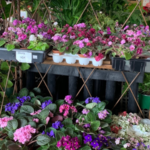

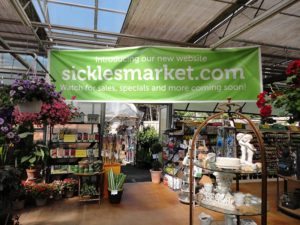

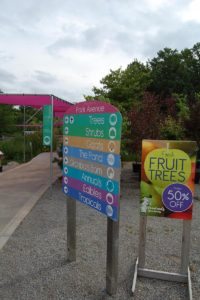
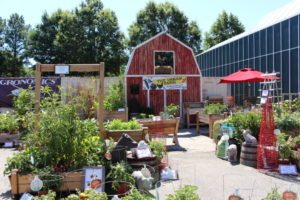
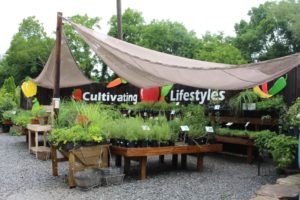
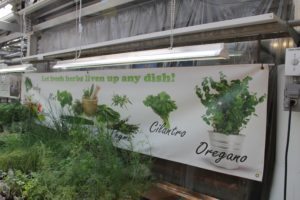

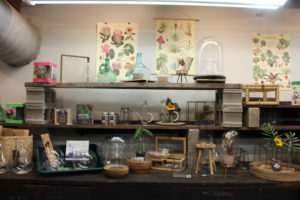


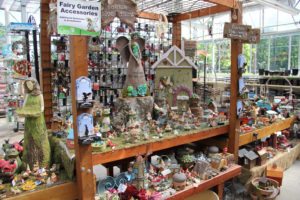
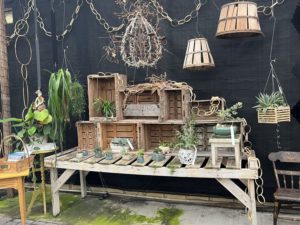
 Videos
Videos





